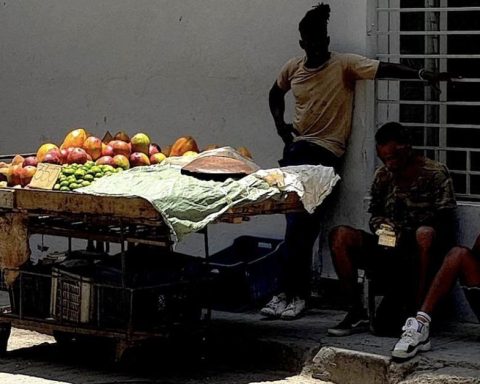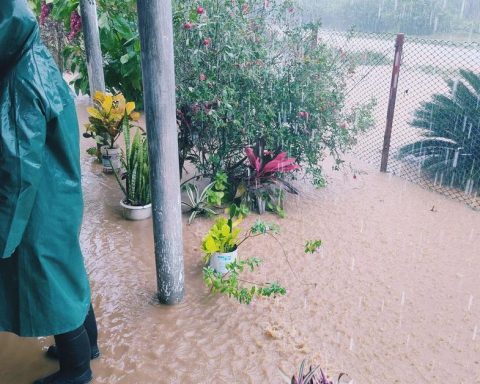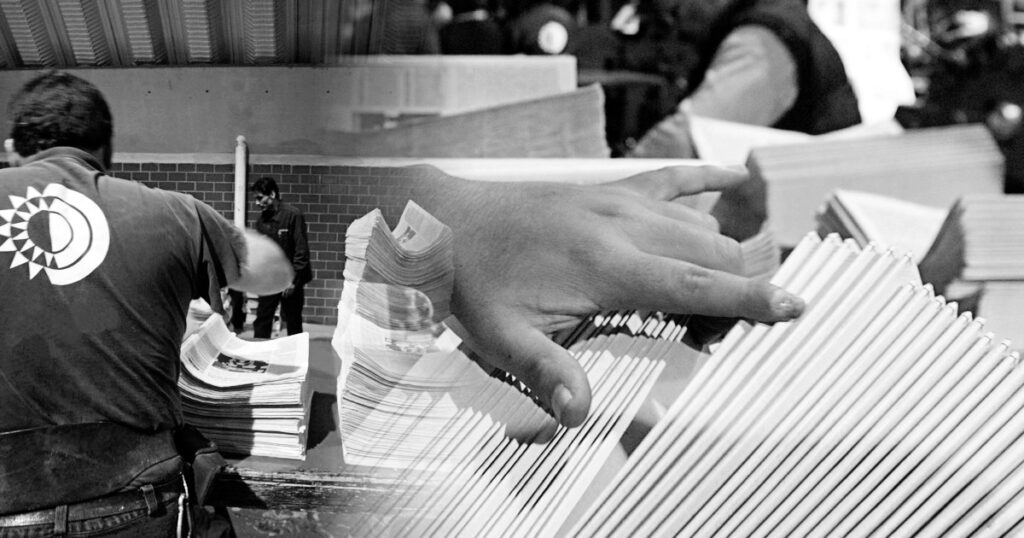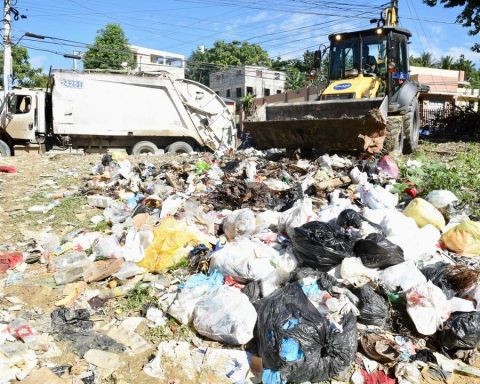Cuba will receive a new donation of 5,000 tons of Vietnamese rice in May, in the midst of a shortage of grain in almost half of the island. Do Viet Duc, general director of State Reserves of Vietnam, explained that it is white and broken rice by 15%, according to the standard of the national reserve of the Asian country.
The donation was agreed at a meeting held on February 24 at the Cuban Embassy in Vietnam, according to reports in the vietnamese pressalthough in Havana neither the government nor the official media have confirmed the agreement.
The local press reports that the rice will be shipped in polypropylene bags. The bags will be stamped in red capital letters, in Vietnamese and Spanish, the emblem “Gifts from the Party, State and people of Vietnam to the Cuban people.”
The official assured that the lots of rice will be processed “as soon as possible” so that the ship that transports it leaves the port this month. The Government of Vietnam will pay the maritime freight and insurance of the cargo, while the Cuban party will assume the costs related to delivery, transportation and unloading.
Orlando Hernández Guillén, Cuba’s extraordinary ambassador in Vietnam, thanked the Vietnamese government for the “sincere” gift, which for the island, he said, has a “humanitarian meaning.”
Vietnamese rice, compared to other imported varieties such as Uruguayan rice, is not appreciated by Cuban families, who have described it as “mud” that “smells bad.”
Vietnamese rice, compared to other imported varieties such as Uruguayan rice, is not appreciated by Cuban families, who they have described it like “mud” that “smells bad”.
The product, moreover, has been absent from the tables of Cuban families for the first two months of 2023. Last week, the Ministry of Domestic Trade acknowledged that there was not enough for deliveries of notebooks for the provinces of Matanzas, Ciego de Ávila, Las Tunas, Holguín, Santiago de Cuba and Guantánamo.
The Cuban Government began the distribution in the regulated basket for March with an availability of 2,090 tons, well below the 36,000 tons planned for family consumption.
Behind the shortage of cereal is a weak national production. The most recent data indicates that the 2022 harvest was at 120,000 tons, far from the 700,000 needed for national consumption for a year.
The 2023 harvest has not given good signs either, according to Oslando Linares Morell, director of the Rice Technology Division of the state-owned Grupo Empresarial Agrícola, who reported last January that production for this year barely covered 40% of what was forecast, because only 68,000 of the 140,000 hectares of the plan were planted.
The Government estimates that in order to cover domestic demand, up to 200,000 hectares per year would have to be sown, that is, an increase of almost 194% in the crop areas achieved this year, as well as raising the yield to six tons per hectare.
Local governments have taken steps to further regulate the supply, as in Sancti Spiritus, where its sale at agricultural fairs has been suspended and the low supply has been prioritized for popular markets, where families can buy it as much as they can afford. The Government also decided to concentrate it in the municipalities of Sancti Spíritus and Trinidad because they have the highest population rate in the province.
The shortage has triggered the price to up to 200 pesos a pound in the informal market, very close to the values registered for a pound of pork. Sugar has been added to the competition, which has also been absent from the tables of Cuban families, something It did not happen even in the Special Period.
________________________
Collaborate with our work:
The team of 14ymedio He is committed to doing serious journalism that reflects the reality of deep Cuba. Thank you for accompanying us on this long road. We invite you to continue supporting us, but this time becoming a member of our newspaper. Together we can continue transforming journalism in Cuba.
















